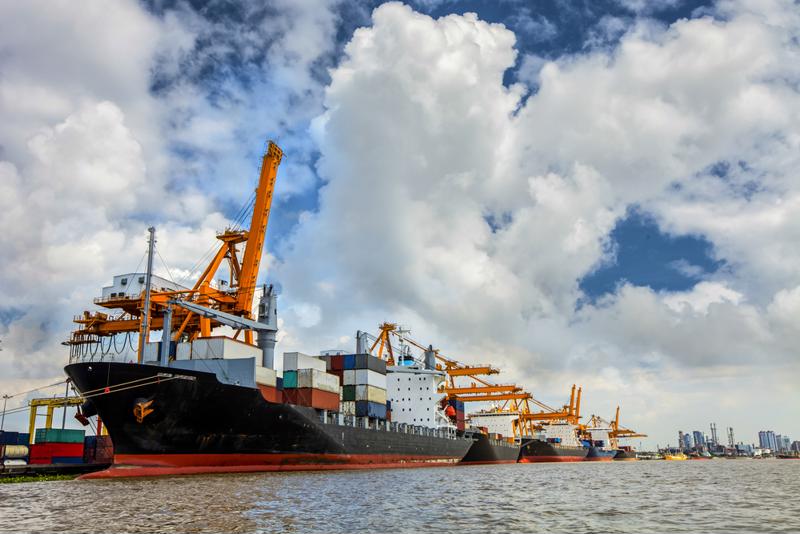Federer or Nadal, Seinfeld or Newman, pulp or no pulp, the Yankees or the Red Sox, the Panama or Suez Canal. Shortly after one of the world's most frequented and famous canals finished its respective expansion projects, the other is taking steps to boost competitiveness and retain shipping traffic ahead of the scheduled completion of its own expansion.
Competition between Panama and Suez set to heat up
The Panama Canal will begin offering volume-based incentives for container lines that traverse its waters, the Journal of Commerce (JOC) reported. A Panama Canal Authority executive told the news outlet that the enticements in the form of toll reductions will help make the Central American canal route more competitive with the Suez Canal in Egypt. The canals' respective expansions will better suit them to the massive ships that are increasingly popular in global trade, due to the efficiency that comes with carrying many more containers on a single vessel.
"Efficient and massive ships that are popular in global trade."
Hopes are that the already completed Suez Canal will turn Egypt into a trade and logistics hub. The water route is already an important source of money for the Egyptian government, and forecasts have revenue doubling in less than a decade following the recent expansion, according to the Oxford Business Group. Not only will the improved canal boost revenue for the government, it will also put the Suez in a position to better compete with its rival across the Atlantic.
"There is certainly some competition and we feel we are well placed for the U.S. East Coast cargo. Our tolls are cheaper and – even after the Panama Canal expansion is complete – we can still handle larger vessels," Mahmod Rezk, a Suez Canal Authority (SCA) board member and the director of the planning for the research and studies department, told the JOC.
The Panama Canal Loyalty Program to offer larger carriers pricing incentives
However, the Panama Canal its taking steps to ensure that it remains competitive with the Suez, though the latter was able to complete its expansion first – the Panama Canal project is scheduled for completion in the spring. The canal announced that after the expansion is finished in April, carriers using the canal whose lines have a cumulative capacity of over 1.5 million 20-foot container units (TEUs) over 12 consecutive months will be offered a 14 percent discount from the base rate, according to the JOC. The incentive translates to around $6.5 million saved annually.
The Panama Canal Loyalty Program offers various discounts depending on capacity. The base rate is referred to as Category 4, and covers total annual vessel capacity of up to 450,000 TEUs. Categories 2 and 3 offer discounts for annual capacities between 450,000 and 1.5 million. The Category 1 discount, meanwhile, is the full 14 percent discount the Panama Canal plans to offer to container lines with the largest annual capacities.
The trade lane between East Asia and the East Coast of the U.S. can't yet handle vessels as large as the Suez can, but it offers a quicker route. When the expansion project is completed this spring, though, hopes are it can compete with the Suez by offering massive ships a faster route, and now, discounted rates. The advantages that the Panama Canal intends to offer will keep the rivalry between the Central American trade lane and the Suez Canal as competitive as ever.
 How to handle growing container lines is one of the issues the Suez and Panama canals face today.
How to handle growing container lines is one of the issues the Suez and Panama canals face today. A third canal may enter the competition
Meanwhile, Panama Canal executives seem unfazed by plans to add another water route to the mix. Chinese investors have announced intentions to build a a canal through Nicaragua that will be large enough to handle the small minority of ships that the Panama water still won't, even after the expansion. However, Manuel Eduardo Benitez, the canal authority's deputy administrator, told the JOC that the plan "doesn't make economic sense."
While whether the Nicaragua canal plans become a reality is still unclear, what is clear is the fact that the competition between the larger Panama and Suez canals is continuing to heat up as global trade continues to demand more from the frequented water routes.